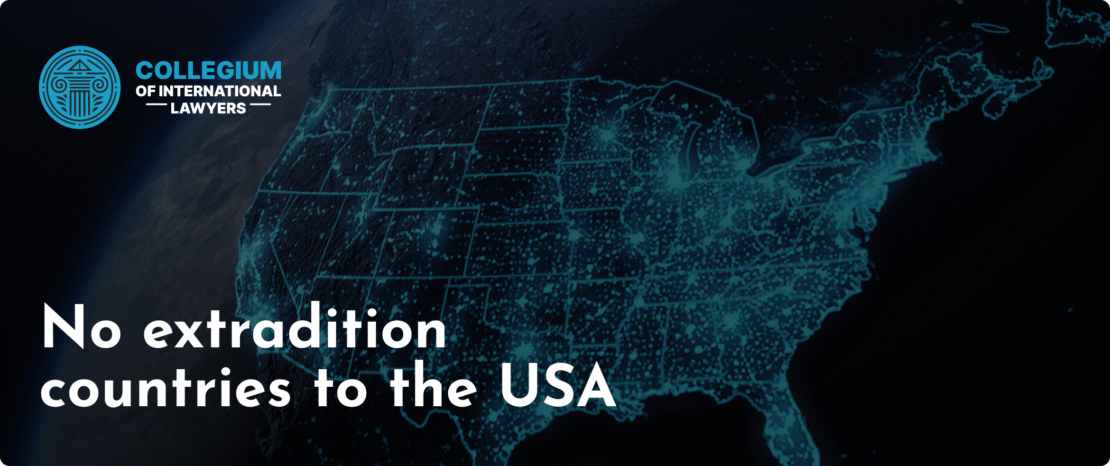The Rise of the Russian Mafia A Historical Perspective 381875532
- octubre 8, 2025
- 0 Comment(s)

The rise of the Russian mafia is a compelling narrative that intertwines with the history of Russia in the late 20th century. It is a story rooted in the socio-economic upheaval following the collapse of the Soviet Union in 1991. The dissolution of a centralized government coupled with the chaotic transition to a market economy created a fertile ground for organized crime to flourish. This article aims to delve into the historical, political, and social factors that led to the emergence of the Russian mafia, rise of the Russian mafia organized crime in post-Soviet Russia, and how it continues to operate within various sectors today.
The origins of the Russian mafia can be traced back to the early 20th century, but it gained significant notoriety in the 1990s. The period saw a massive increase in crime as various criminal groups began to assert their influence over businesses and individuals. The collapse of the Soviet Union left a power vacuum that was quickly filled by these criminal organizations, which were often formed around established networks and communities. The terminology often associated with these groups, such as “Bratva” (which translates to “Brotherhood”), reflects their structure and the ties between members, often based on loyalty and shared experiences.
One of the primary reasons for the growth of the Russian mafia was the economic turmoil following the Soviet Union’s collapse. Privatization efforts led to rampant corruption, allowing mafia groups to infiltrate legitimate businesses and exert control over entire industries. As state-owned enterprises were sold off, the absence of law enforcement allowed organized crime to flourish. The mafia’s role in protecting businesses, albeit through extortion and violence, became a common practice. This created an environment where entrepreneurs often felt compelled to align themselves with criminal organizations for the sake of their safety and survival in the competitive marketplace.
The Russian mafia also took advantage of the failed state, capitalizing on the government’s inability to enforce laws or protect its citizens. With police forces often underfunded and corrupt, many criminal organizations operated with impunity. They expanded their operations into various illegal activities, including drug trafficking, arms smuggling, human trafficking, and money laundering. The mafia’s reach extended beyond Russia’s borders, facilitating connections with other international organized crime syndicates. This transnational aspect of organized crime complicated law enforcement efforts and enabled the mafia to maintain a strong presence in numerous countries.
As the Russian mafia grew in power, so did its political connections. Many mafia members cultivated relationships with politicians, law enforcement officials, and business leaders, creating a protective barrier around their operations. This relationship often led to a phenomenon known as “state capture,” where criminal organizations could effectively influence or control aspects of government policy. High-profile cases of corruption and collusion between the mafia and public officials further reinforce the interconnectedness of organized crime and politics in Russia.

Throughout the 1990s, public displays of mafia power became more common. Shootouts between rival factions and killings of prominent gang leaders, such as ‘Thieves in Law’, drew attention to the escalating violence. In response to this, the government took various measures to curb crime, including forming special law enforcement bodies tasked with targeting organized crime. However, these efforts were often met with limited success due to the entrenched nature of corruption within the ranks of law enforcement itself.
The expansion of the Russian mafia can also be linked to the emergence of modern communication technologies and globalization. Increased access to the internet allowed for more sophisticated methods of crime, including cybercrime and online fraud. Criminal organizations adapted to these developments, expanding their illicit business models to include more technologically advanced operations. Furthermore, globalization facilitated the movement of goods and services across borders, allowing the mafia to establish international trafficking routes and networks.
Despite a perceived decline in visible mafia activity in the 2000s following Vladimir Putin’s ascent to power, the Russian mafia did not disappear. Instead, it adapted to the changing landscape, focusing on more sophisticated criminal enterprises rather than overt displays of violence. The Russian government embarked on a series of reforms that attempted to integrate the economy and assert more control over the mafia’s influence. However, the entrenched relationships between the mafia and political elites are still present, suggesting that the mafia’s existence remains both a challenge and a reality in modern Russia.
Today, the Russian mafia continues to exert influence not only within Russia but also internationally. They are involved in various sectors, ranging from construction and transportation to entertainment and online gambling. Their ability to adapt and navigate different regulatory environments has ensured their survival, despite ongoing law enforcement efforts to combat organized crime. The extent of their networks can be seen in various countries, often operating under the radar while still maintaining strong ties to their homeland.
As we analyze the rise of the Russian mafia, it becomes clear that it is more than just a criminal organization; it is a reflection of the socio-political and economic landscape of Russia’s recent history. The interplay of power, money, and corruption has created an environment where organized crime thrives. Understanding the intricacies of its development not only sheds light on the challenges faced by Russian society but also offers insights into the global implications of organized crime in an increasingly interconnected world.
In conclusion, the story of the Russian mafia is one of resilience and adaptation amidst chaos. As long as socio-economic inequalities and corruption exist, the conditions for organized crime will remain. The mafia’s ability to reinvent itself ensures that it will likely continue to be a significant player in Russia’s economy and politics for the foreseeable future, demanding continued attention and analysis from scholars, law enforcement, and policymakers alike.

